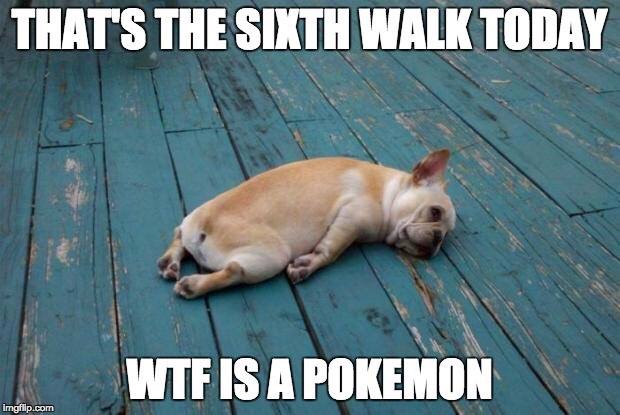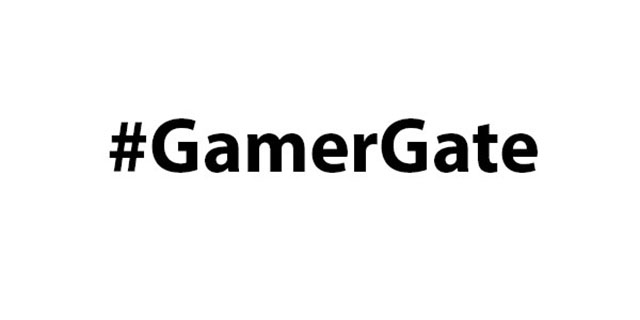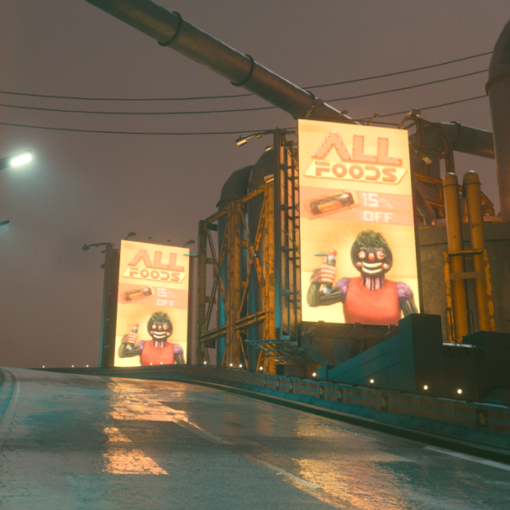We’ve been grappling, the past couple weeks, with a game called Bound, and we’ve been particularly struck by the game’s ambiguous narrative and by its surreal landscapes. And something we continue to ask ourselves is–what is the purpose of the conversation between the two, between the narrative and the gameworld? What are we meant to take away from this? What is the surrealism, the fragmentation, as a whole, working to represent? What does it want to resonate within us? And have we seen such things before?
Because it seems like we have seen (and written about) such things before—in games like The Flame in the Flood, which seems to make use of a surreal art style in order to provide us with some distance, a location from which we might process the game’s representation of death and survival. Then there is Papo & Yo, which uses fragmented, surreal landscapes as a manifestation of the work of reconciling with the traumatic memories of one’s abusive father. Games like Among the Sleep and The Park, too, make use of similar stylistics in their nightmarish depictions of monstrous motherhood and childhood trauma.
What all these games seem to be doing, in their use of surreality, is working to represent the ways we process memories of trauma, the ways we try to reconcile with these memories, the ways the shapes of these memories become blurred and fragmented. Bound seems to fit into this lineage—but does it, like The Flame in the Flood, use this surreality to provide a more distant location from which to process traumatic memories? Or does its fragmentation ask us to come in closer, to attempt to fill in the gaps?
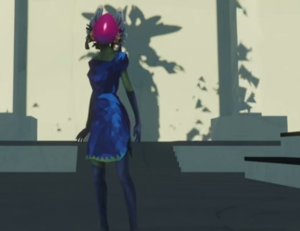 The game’s ambiguous narrative makes the latter seem plausible—because its ambiguity results in the fact that there are so many gaps that need filling. Here, perhaps the shifting landscape represents the fluidity of those gaps; the landscape undulates like ocean waves as we shift to thinking perhaps the father is a villain… oh, perhaps the mother… oh, perhaps this is only life and there is no villain at all but only a series of choices, and moments, moments that feel like islands with their own landscapes, of the sort the nameless protagonist navigates, but those islands rise from the shifting waters of memory and are washed away just as easily. Nothing here is static, except when the protagonist interacts with it, and even then, those spaces may react and change to her presence there.
The game’s ambiguous narrative makes the latter seem plausible—because its ambiguity results in the fact that there are so many gaps that need filling. Here, perhaps the shifting landscape represents the fluidity of those gaps; the landscape undulates like ocean waves as we shift to thinking perhaps the father is a villain… oh, perhaps the mother… oh, perhaps this is only life and there is no villain at all but only a series of choices, and moments, moments that feel like islands with their own landscapes, of the sort the nameless protagonist navigates, but those islands rise from the shifting waters of memory and are washed away just as easily. Nothing here is static, except when the protagonist interacts with it, and even then, those spaces may react and change to her presence there.
Bound seems to be about many things—family, trauma, strength, cycles, to name a few—but foremost among these seems to be memory. How do we approach memory? In legal terms, testimony is valuable, even when we know memory may be flawed, but elsewhere, narrative and memory is held secondary to data and hard evidence. We can “prove” data, while memory and narrative are ephemeral, personal, shifting, much like the landscape in Bound. It shifts; it cannot be trusted. All that can be trusted is what can be verified with hands and feet. What happens in the immediate space may then be rational and clear. It’s data. Everything in the background? Less certain.
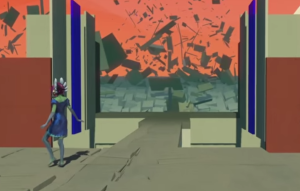 This lack of certainty in Bound’s landscape, its shifting nature, the fact that it cannot be trusted–all this seems to mirror the way the game also works to destabilize the seemingly static and universal notion of truth. For just as the game’s landscapes cannot be trusted, just as the world itself is not static, so too are the game’s constructions of memory, history, and narrative rendered untrustworthy. So too is the game’s story, the game’s truth, something that fluctuates and fractures. And this fractured, fragmentary truth makes manifest the fractured, fragmentary nature of memory—how do we remember the past? How do we come to know and reconcile with its truths? What can be believed? What can be known? And who can be a knower?
This lack of certainty in Bound’s landscape, its shifting nature, the fact that it cannot be trusted–all this seems to mirror the way the game also works to destabilize the seemingly static and universal notion of truth. For just as the game’s landscapes cannot be trusted, just as the world itself is not static, so too are the game’s constructions of memory, history, and narrative rendered untrustworthy. So too is the game’s story, the game’s truth, something that fluctuates and fractures. And this fractured, fragmentary truth makes manifest the fractured, fragmentary nature of memory—how do we remember the past? How do we come to know and reconcile with its truths? What can be believed? What can be known? And who can be a knower?
These kinds of questions, questions about truth and knowing, bring to mind the idea of feminist epistemology—feminist theories of knowing, of situated knowledges, of the ways knowledges, and thus truths, are always partial, embodied, contextual, contingent. In these ways, feminist epistemology works to destabilize positivist notions of a so-called universal construction of truth because feminist epistemology continuously asks–whose truths are they? Whose truths get to be known? And how?
Bound begins with a book filled with drawings. By the game’s end, the book is wholly different; as “levels” are traversed, the written (drawn) narrative changes and becomes something else. The truth of data, of evidence, shifts as the game world shifts. What we think we know at the beginning, at the middle, isn’t what we know by the end at all. Images are the same, but their position, their meaning, has been rearranged; now we have new pictures, new stories, new meanings, yet all that’s changed in the “real” world of the game is that the protagonist has walked a little further, and has looked a little deeper. All that’s really happened is consideration.
The outer narrative is deceptive, however. Illusory. The protagonist walks down the beach, but inside, she’s waging a war for a kingdom of memory, of knowledge. In this world, her avatar is a dancer. She is never still; if you linger, leaving the controller still, she stretches, examining the contours and capabilities of her body. Jump and she leaps; sneak and she shimmies. Every movement is beautiful, but there is a technical precision that underlies her every movement. As a form, dance is an illusion; it seems beautiful, and effortless, but every breath is choreographed, and none of it possible without strength and technique. The tension between the beauty of dance and the underlying physical demand is itself another layer in Bound, another gulf between what we see and what is, but while we can resolve the skill and precision of dance with its beauty, we cannot resolve the past in a satisfying way, no matter how we build and rebuild the present.
And yet, we still build. And yet, we rebuild.


